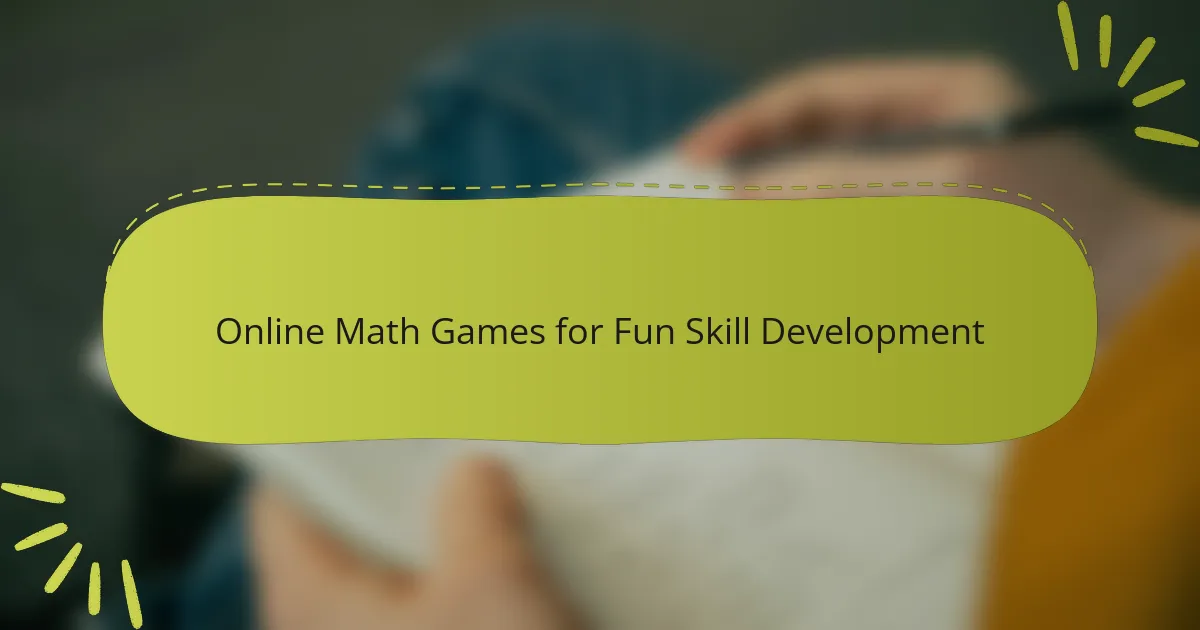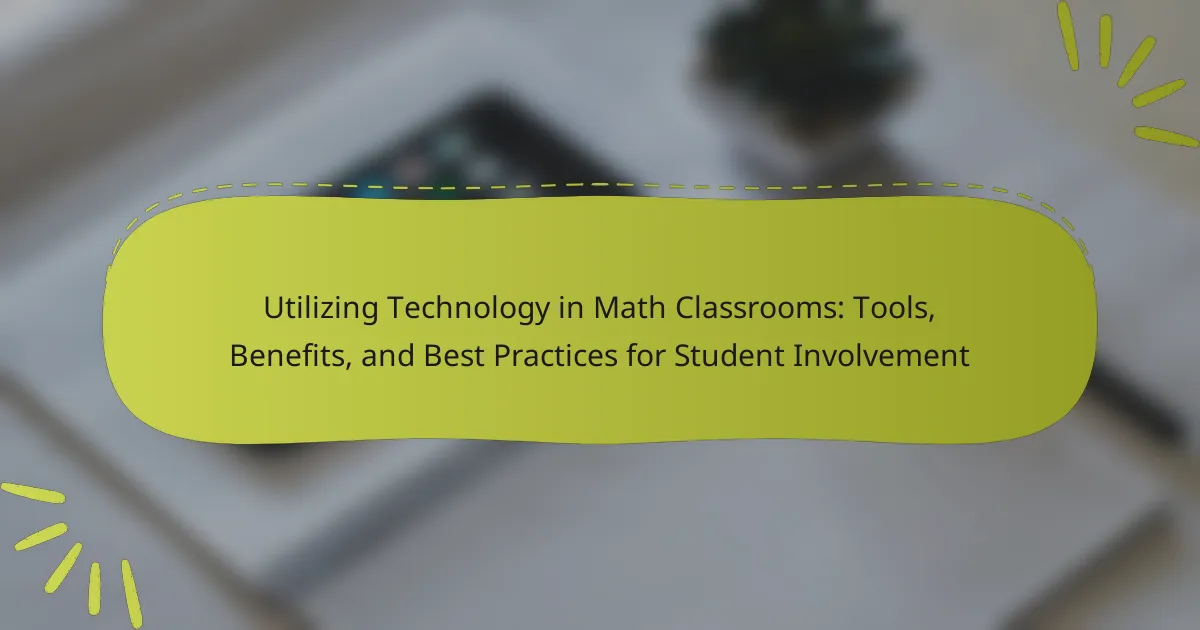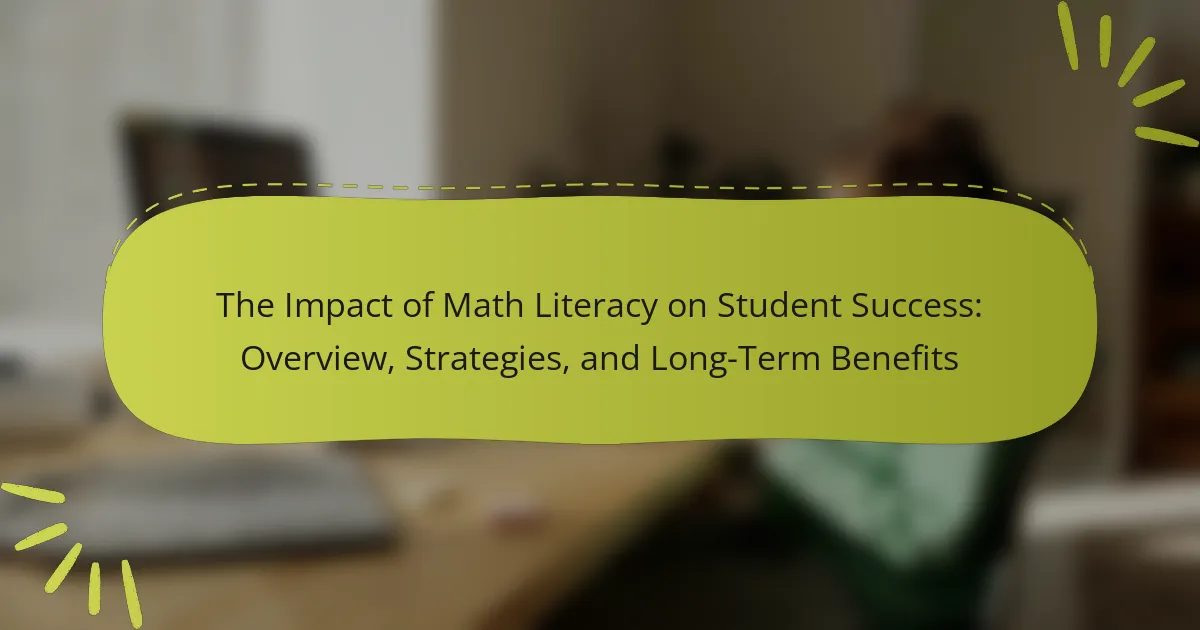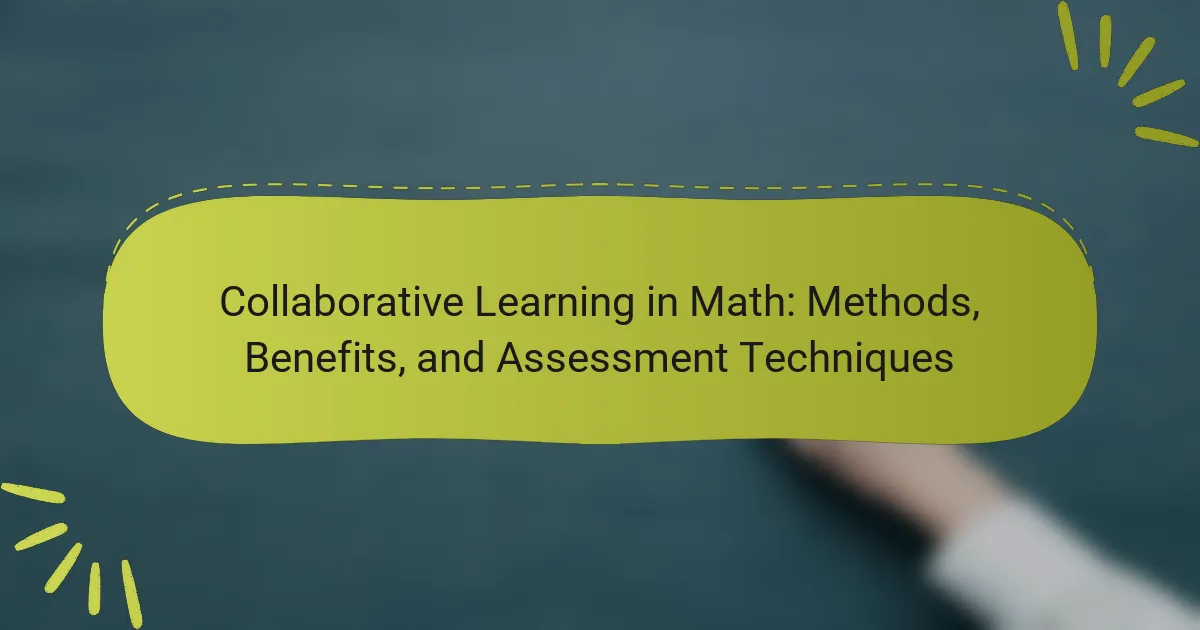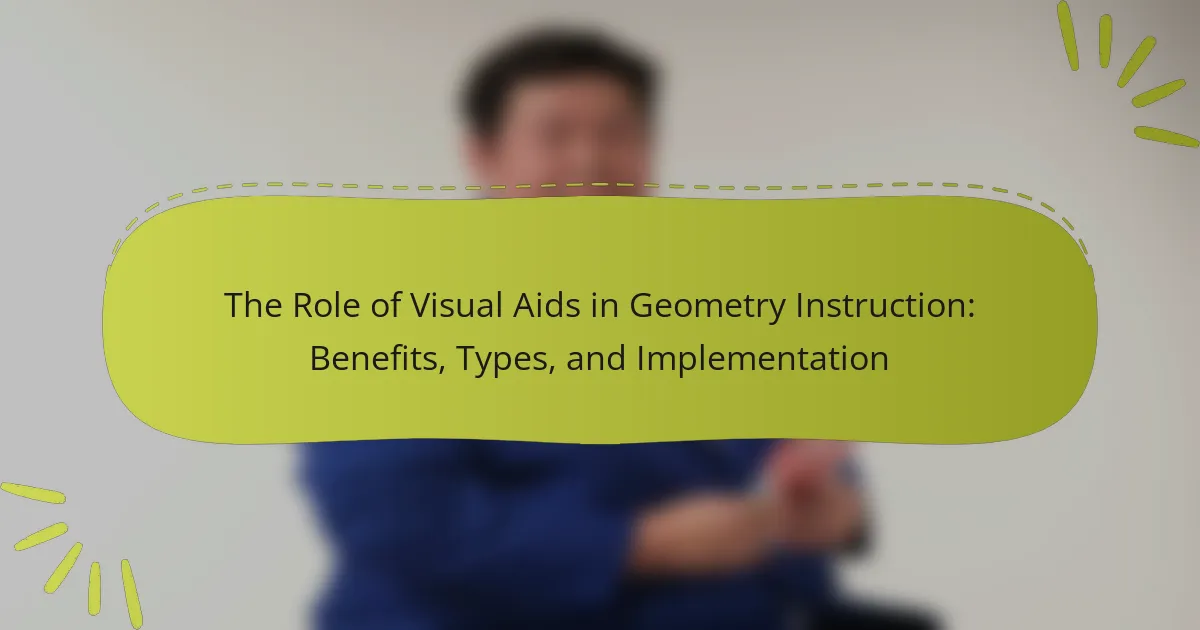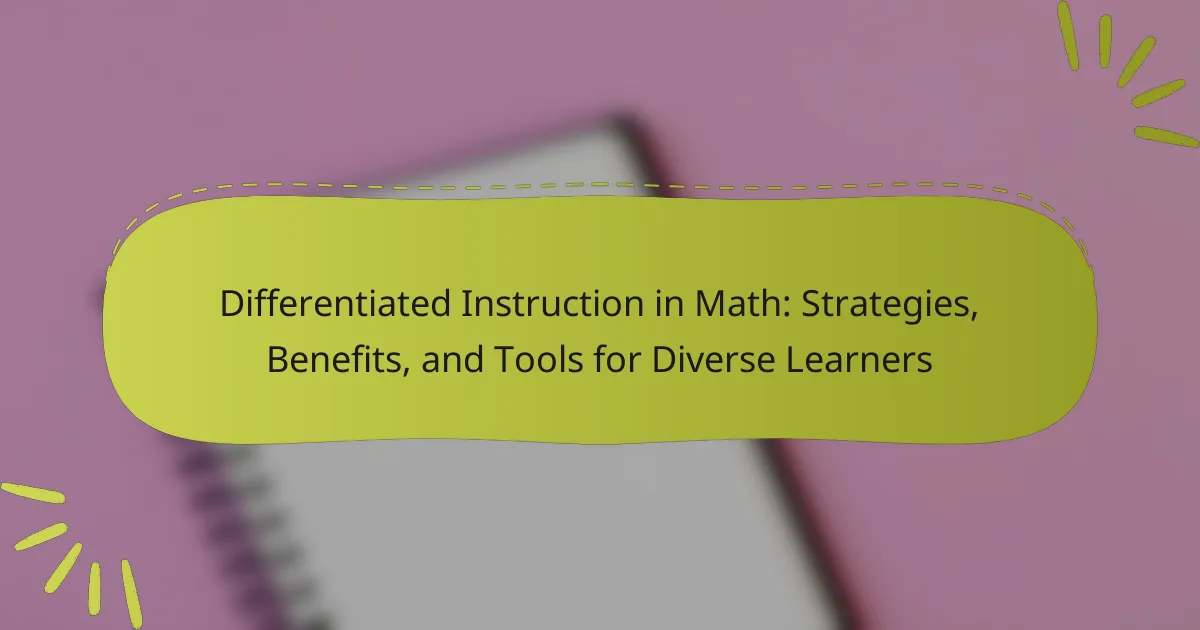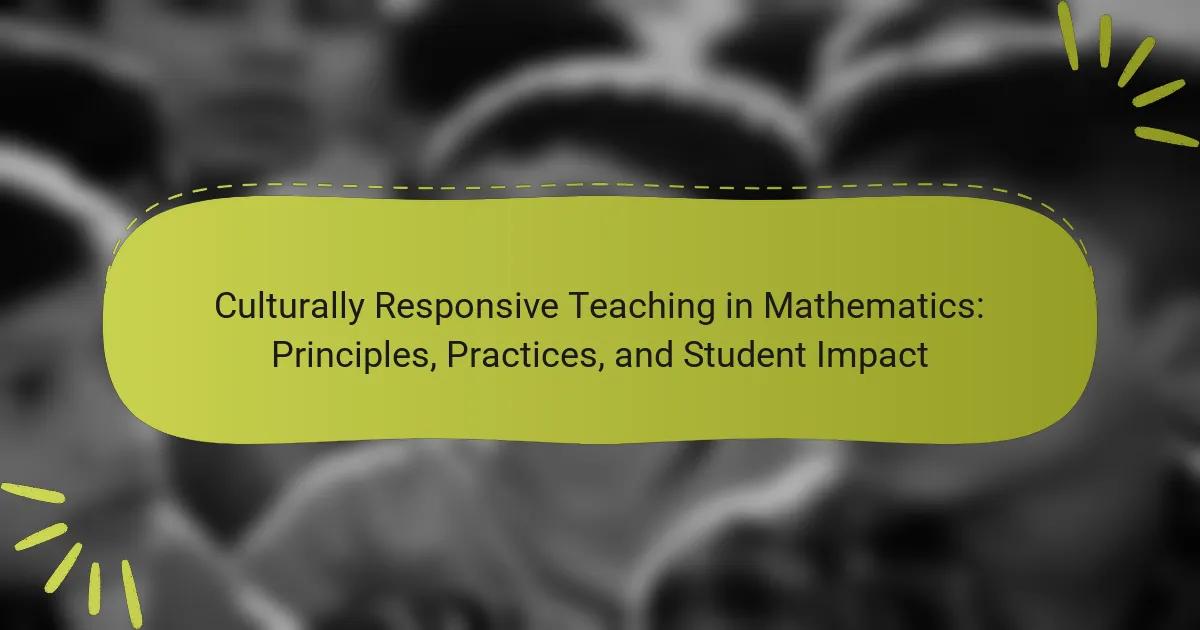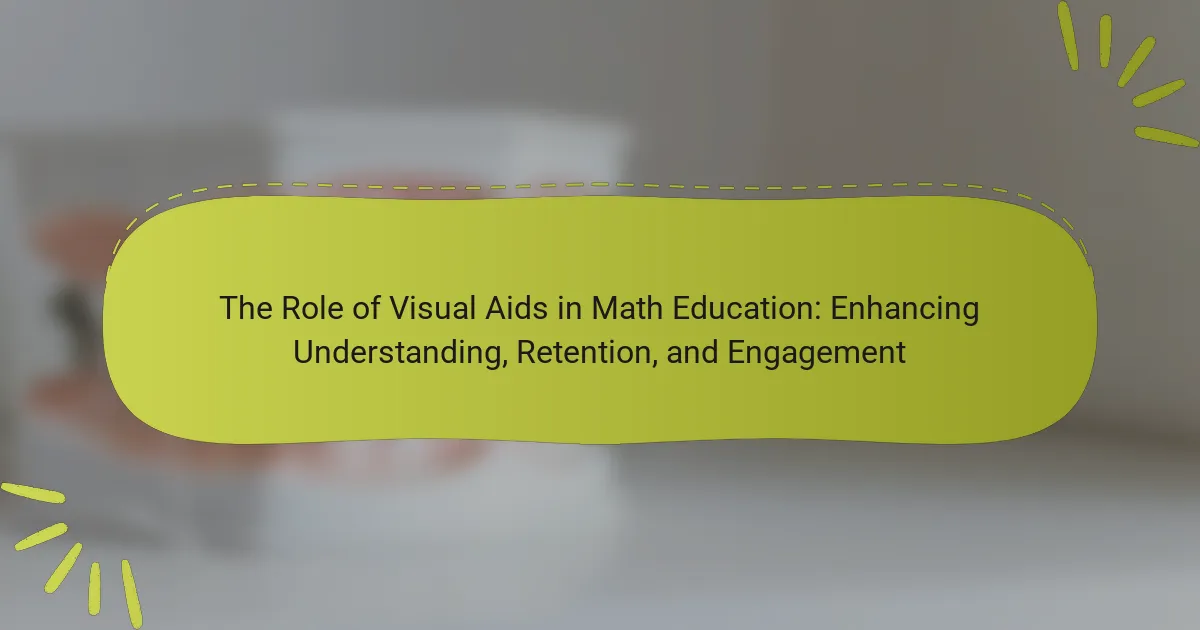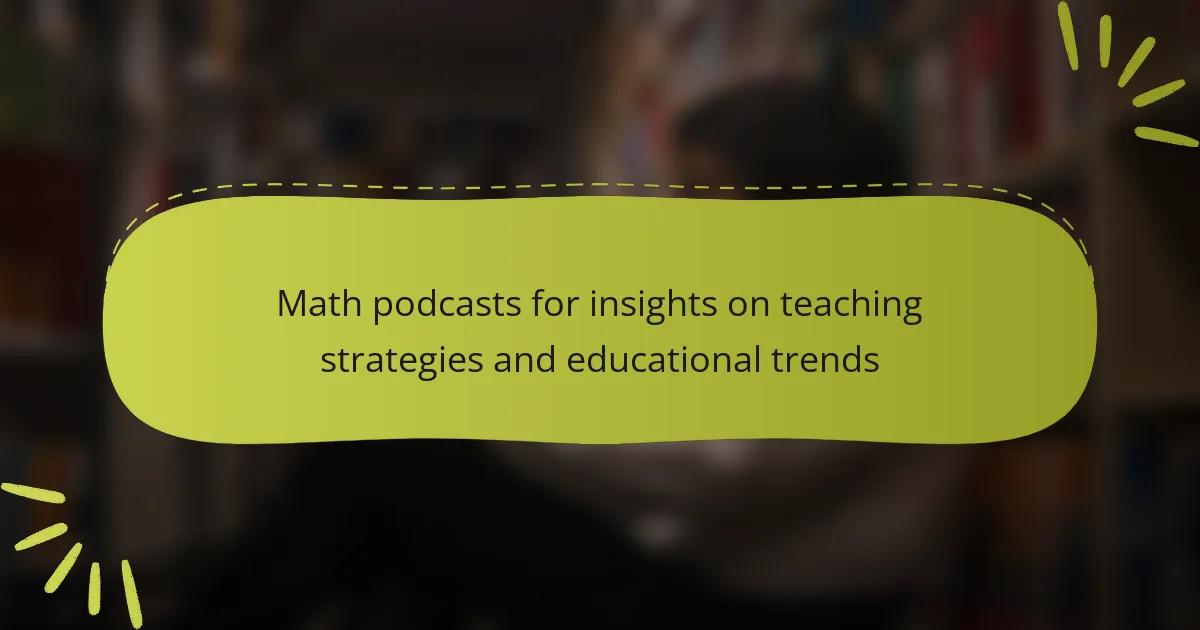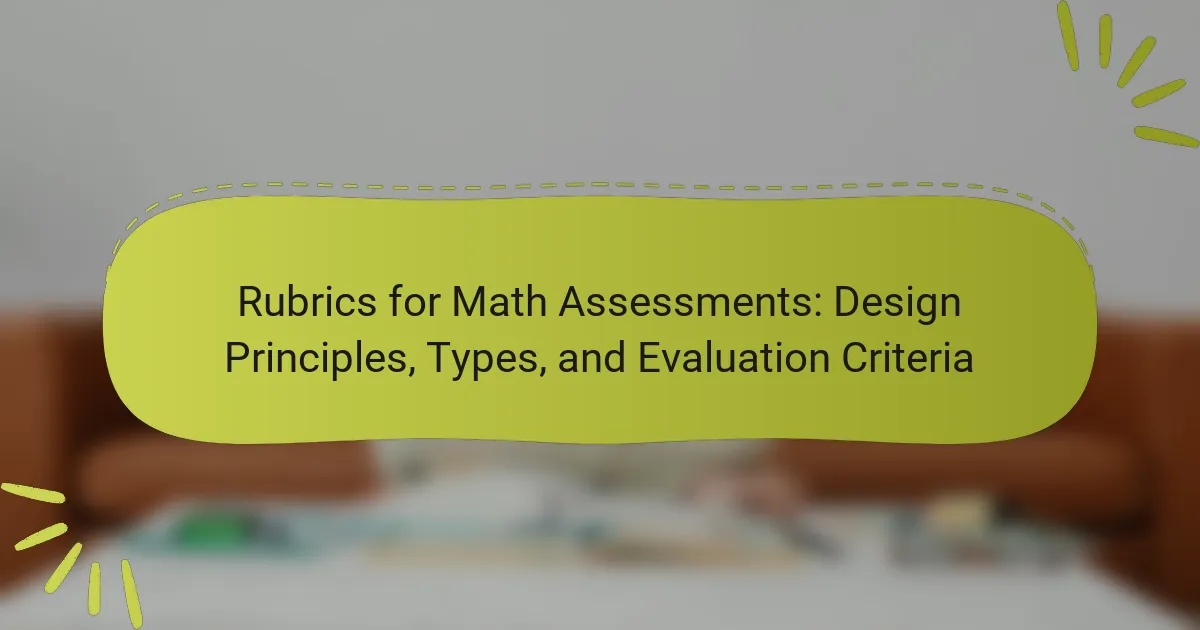
Rubrics for Math Assessments: Design Principles, Types, and Evaluation Criteria
Rubrics for math assessments are structured tools designed to evaluate student performance based on specific criteria. This article outlines the design principles of math rubrics, including types such as analytic, holistic, and developmental rubrics, each serving distinct assessment purposes. Key evaluation criteria discussed include clarity of understanding, accuracy of calculations, and problem-solving strategies. Research findings…
